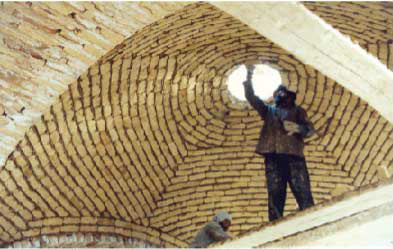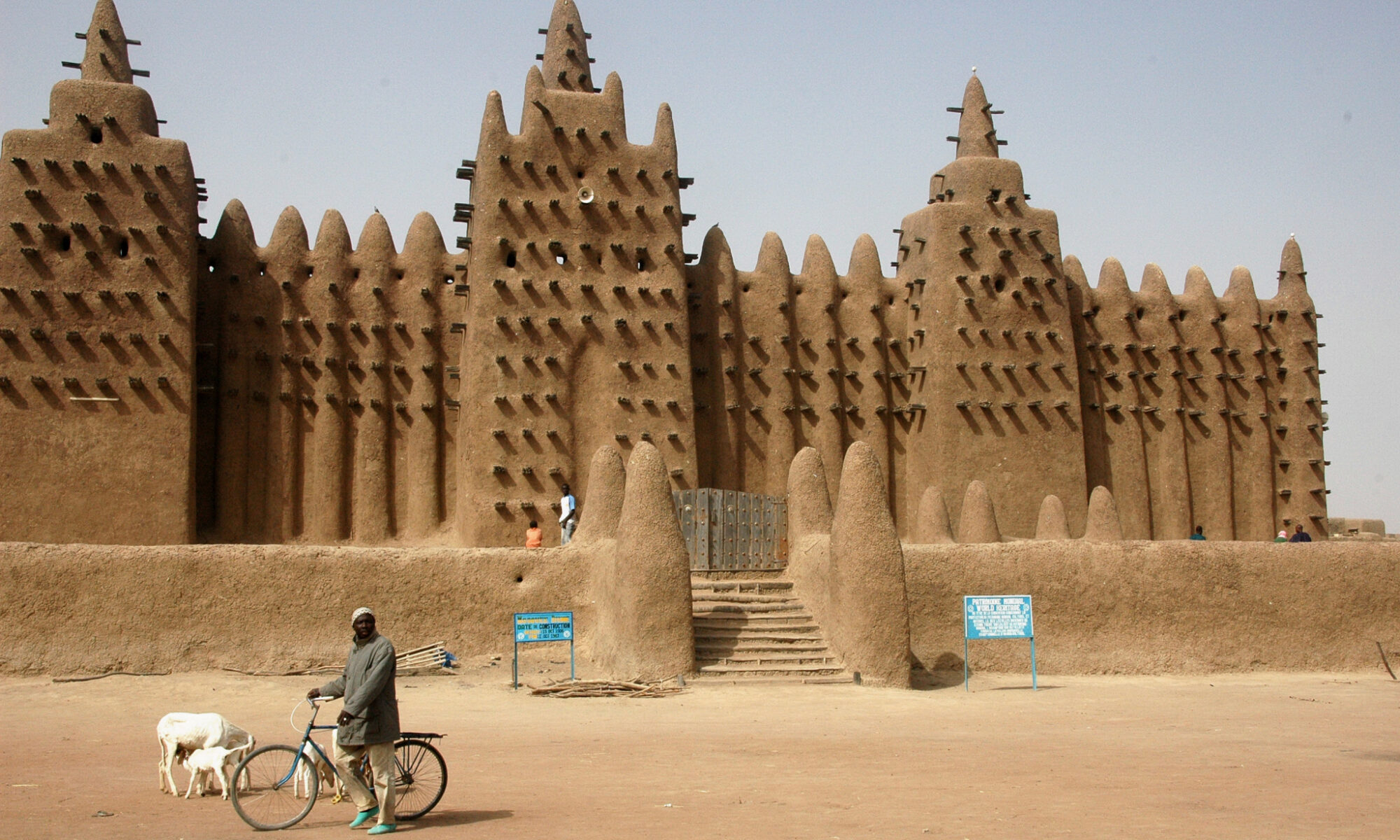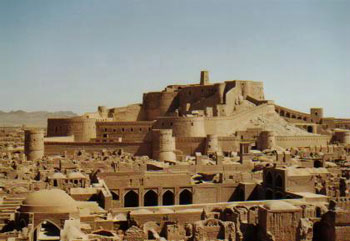
The photo above shows one of 25 domes used to construct a warehouse in Saveh, Iran (Markazi province, 130km south-west of Tehran) which has a climate with cold winters with occasional sub-freezing
temperatures and snow because of the altitude (1200 meters). The average rainfall is 40 millimeters/year. The materials used are cooked bricks, cement, clay, plaster, white cement as finish for inside walls, lime mixed with earth in the foundations, clay/straw for wall and roof insulation which enclose 620 square meters of space. The cost of construction (1999) was 50,000 US$ and took a total of 3 months to build. On average, every 2 days 3 domes were completed. The warehouse was constructed by Jacqueline Mirsadeghi. See more construction photos: | 1 | 2 | 3 | 4 |

